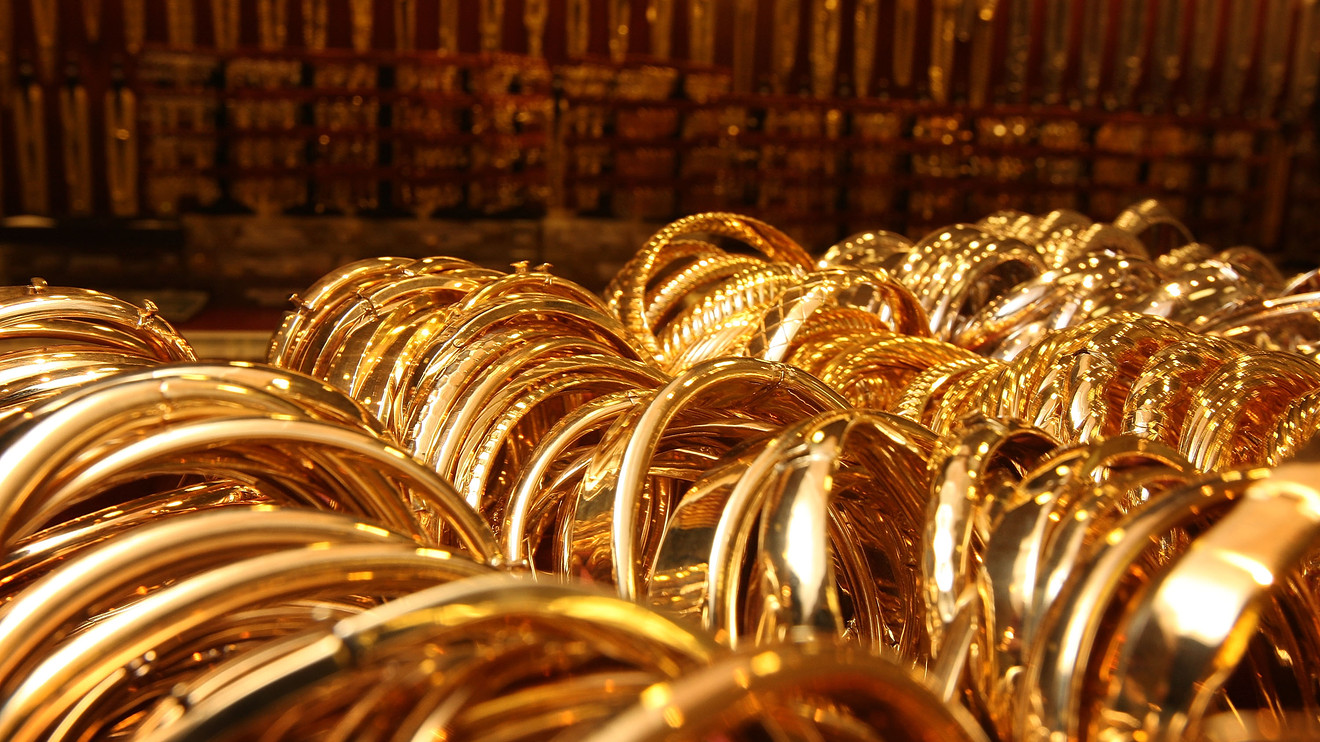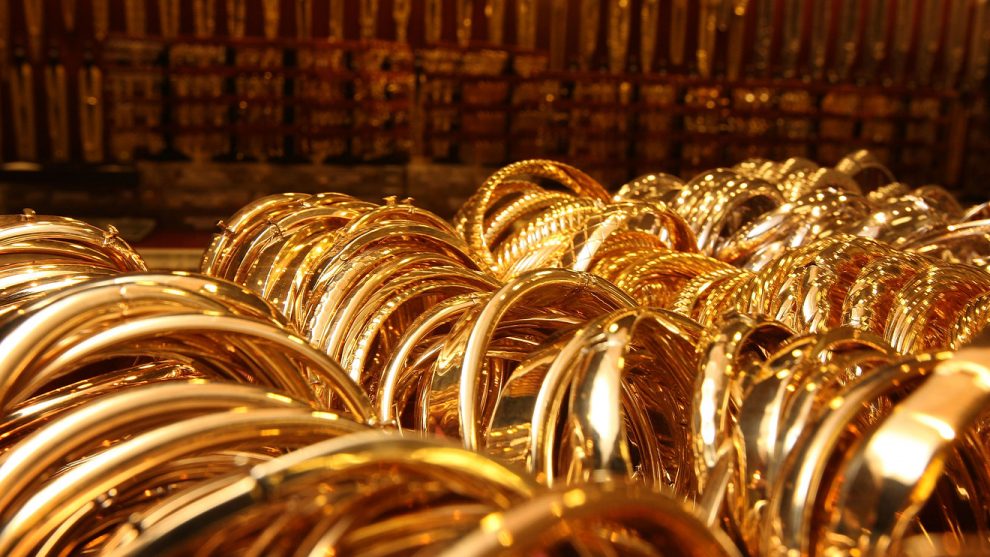
Gold futures settled above $1,400 an ounce Friday for the first time since 2013, as investors continued to bet on easier monetary policy from the Federal Reserve and other central banks.
August gold GCQ19, +0.29% GCQ19, +0.29% rose $3.20, or 0.2%, to settle at $1,400.10 an ounce on Comex after trading as high as $1,415.40 an ounce. Most-active contract prices, which saw a brief pullback to touch a low of $1,386.10, marked their highest finish since Sept. 3, 2013, according to FactSet data.
Read: Why gold prices have climbed to their highest since 2013
For the week, the precious metal climbed 4.1%. The SPDR Gold Shares exchange-traded fund added 0.4%, poised for a weekly rise of 4%.
The metal found support from “intense safe-haven purchasing given potential for further escalation with Iran,” as well as “follow through” from the Federal Open Market Committee meeting earlier this week, said Jeff Wright, executive vice president of GoldMining Inc., which signaled the central bank’s willingness to cut interest rates.
On Thursday, the contract soared $48.10, or 3.6%, to settle at $1,396.90 an ounce, scoring the biggest one-day dollar and percentage gain since June 2016, according Dow Jones Market Data.
“While a long list of bullish factors remain in place and the charts in gold are projecting even higher prices ahead, the magnitude and quick nature of the rally [Thursday] gives some pause to those thinking about ‘chasing the market with buys,’” analysts at Zaner Metals wrote in daily commentary.
“However, tensions between the U.S. and Iran are still running very hot and have a track record of escalating before cooler heads prevail. Reports that the U.S. actually had planes in the air for a strike before calling them back, clearly means the situation is set to remain in the front windshield of gold,” they said.
Read: Gold’s monster run could reach $1,600, say Citi analysts
July silver SIN19, -1.24% fell 20.2 cents, or 1.3%, to $15.29 an ounce, after seeing its highest finish since late March on Thursday. It saw a weekly rise of just 3.3%.
Gold’s gains this week came on the heels of a Fed meeting on Wednesday, in which the central bank held rates steady but spoke of “uncertainties” over the U.S. economic outlook. Precious metals like gold tend to attract buyers in a low interest-rate climate.
U.S. economic data were mixed Friday, highlighting the debate underway at the Fed. IHS Markit said its flash manufacturing purchasing managers index dropped to 50.1 in June, the worst reading since Sept. 2009. Existing-home sales, meanwhile, were at a 5.34 million seasonally adjusted annual pace in May, up 2.5% from April.
Earlier this week, European Central Bank President Mario Draghi indicated the ECB could introduce more stimulus if the eurozone economy weakens further, while the Bank of England’s Monetary Policy Committee also signaled a readiness to increase stimulus.
Gold “could reach $1,450 quickly if events in Persian Gulf further increase and threaten flow of oil for export,” said Wright. If the situation “goes back to status quo,” and calms a bit over the weekend, “gold could slide back towards $1,350 range but probably not much lower.”
In other metals dealings, July copper HGN19, -0.37% edged down by 0.3% to $2.705 a pound, with prices up 2.9% for the week. July platinum PLN19, +0.35% added 0.7% to $811 an ounce—ending 0.8% higher than the week-ago finish, while September palladium PAU19, +0.94% rose 1.3% to $1,499.60 an ounce, up around 2.6% for the week.





